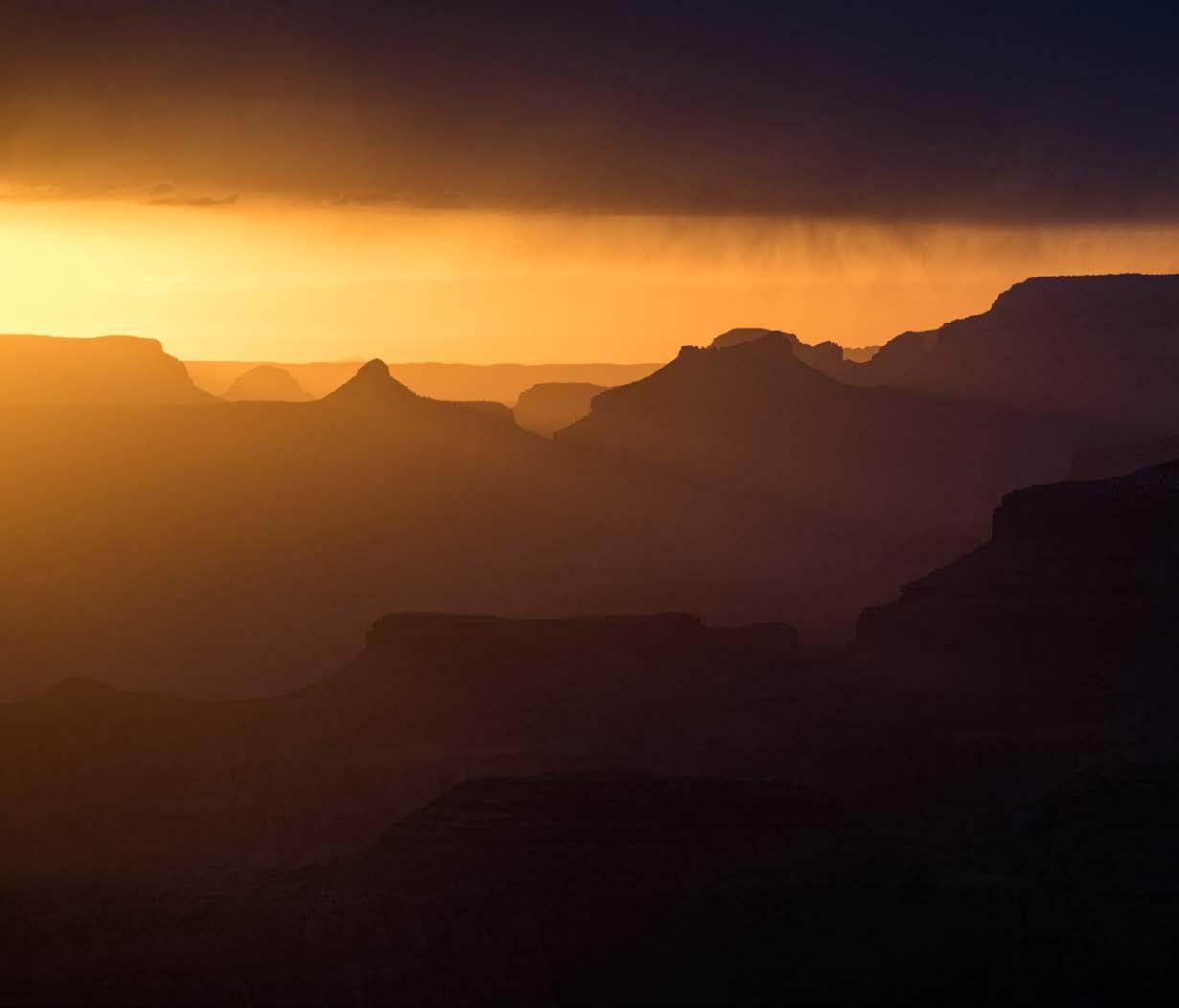
2 minute read
CLOSING THOUGHTS
Throughout this report, the voices of Native leaders ring strong. Whether through tribal governmental leadership, Native-led NGOs, or grassroots movements, the modern Native movement-building occurring today builds on the deep, enduring foundation of Native peoples’ physical and spiritual connections to the Colorado Plateau. Through their leadership to sustain Native language and traditional knowledge, save seeds and agricultural know-how, and protect waters and lands, these Native leaders are rising to meet the greatest challenges facing the Colorado Plateau. In doing so, they are collectively working to make this region and the world itself a healthier, more resilient, and more beautiful place.
For Zuni, the best thing that it has going forward – the most useful thing will be its beliefs and values towards water and natural resources and nature in general. That is the Indigenous knowledge per se, that if they keep that up and they bring that to every challenge and every effort and every solution and have that as their way of thinking, that’s enough in some ways. Tools and technologies change and Zunis always take advantage of new ways and easier ways of doing things. But if Zunis always bring their perspective to it and their mindset, then they can make sure that the new ways of doing things are sustainable.
– Kirk Bemis
Across the Colorado Plateau, there are people who are praying for the world and helping keep the world intact and I don’t know the details of those prayer, but I have great respect and gratitude and, there’s a lot of that coming from that region and from those communities and I’m just grateful.
– Sonja Swift
This vibration we spoke of...each element on the earth has a vibration level. So when one of those songs are sung, the vibration goes out from those songs. The singing that goes up energizes folks. Each one has a certain pitch…that vibration is going out and re-energizing whatever vibration that it’s hitting, those individual plant lives, whatever is out there – it reaches them, and it reenergizes that. So there’s that connection, and I think Hopi knows. And that is why those songs were developed and composed in that way on Hopi.
– Leon Nuvayestewa
We bring this report to a close with the ethos that underlies so much of the good work described throughout this report. Here on the Colorado Plateau, the Native people who have lived on this landscape the longest hold the key to sustaining its lifeways, waters, and lands for generations to come. Those who invest in this Native-led movement-building, in whatever form, invest in the Colorado Plateau in its entirety and in a richer, more sustainable world for all of humanity. We invite you to learn more and join us on this journey.
This report and project would not have been possible without the participation of the incredible people who generously shared their time, knowledge, and wisdom. In many cases, our shared time took place in their homes, and the grounding in places across the Colorado Plateau greatly enriched this report. Many thanks to Lyle Balenquah, Kirk Bemis, Danya Carroll, Aaron Lowden, Vernon Masayesva, the entire Nuvayestewa family, Debra Onsae, Kendra Pinto, Bucky Preston, Octavius Seowtewa, Dr. Christine Sims, Jessica Stago, Sonja Swift, Rebecca Tsosie, and Cynthia Wilson. This project came to a close during the COVID-19 pandemic and the Grand Canyon Trust and San Juan Citizen's Alliance were generous to share images. And, of course, a huge thanks to the Colorado Plateau Foundation leadership and staff – Jim Enote, Marissa Nuvayestewa, and Heather Herold – whose vision and attention allowed this project to come to life; it’s an honor to live and work on the Plateau with all of you.
~ Anne Mariah Tapp, April 2020
© Colorado Plateau Foundation
Produced by Canyon Country Consulting
Designed, Researched, and Written by Anne Mariah Tapp, J.D.
Design by Blake McCord
Photography Courtesy of Blake McCord, Grand Canyon Trust, Colorado Plateau Foundation, San Juan Citizen's Alliance, & Dr. Karletta Chief.








